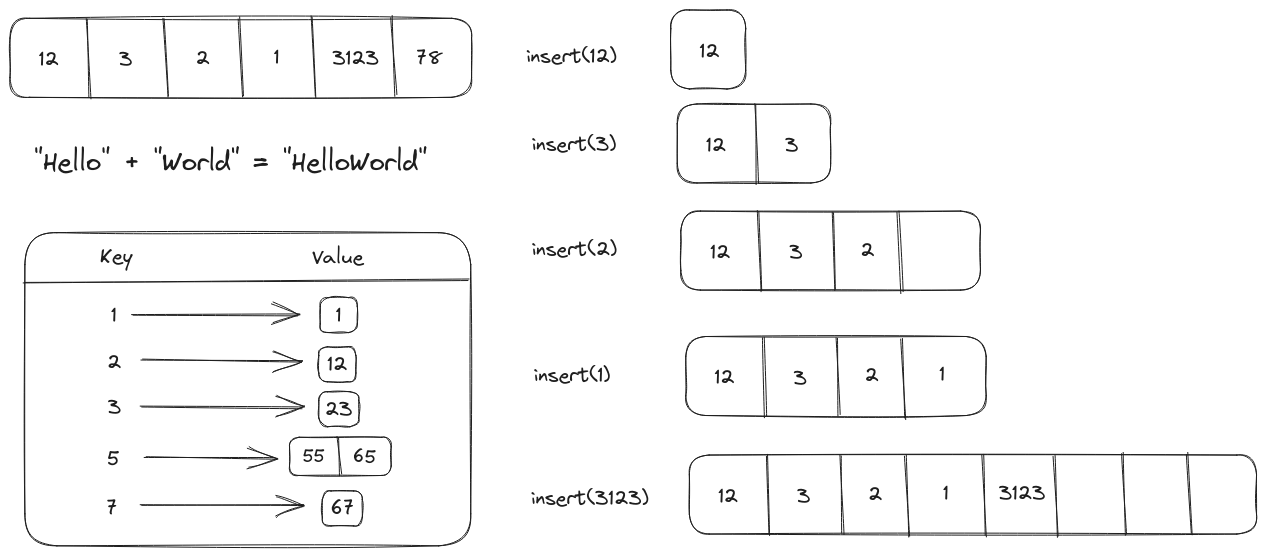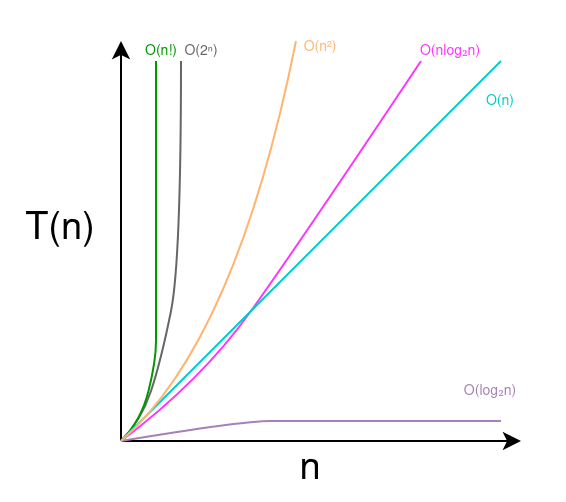
Arrays, Strings, and HashMaps
Data structures like arrays, strings, and hashmaps are available by default in most programming languages. They facilitate storage of large amounts of data in an efficient format which makes it easier (and sometimes relatively faster) to access during runtime. Arrays An array is a sequential store of data (referred to as elements). In languages like Python, an array can store elements with multiple data types, like, [1, "Hello, World", True] but for languages like Go, C++, and Java an array can store elements of a singular data type....
